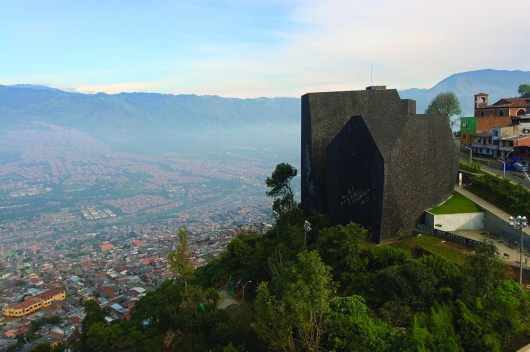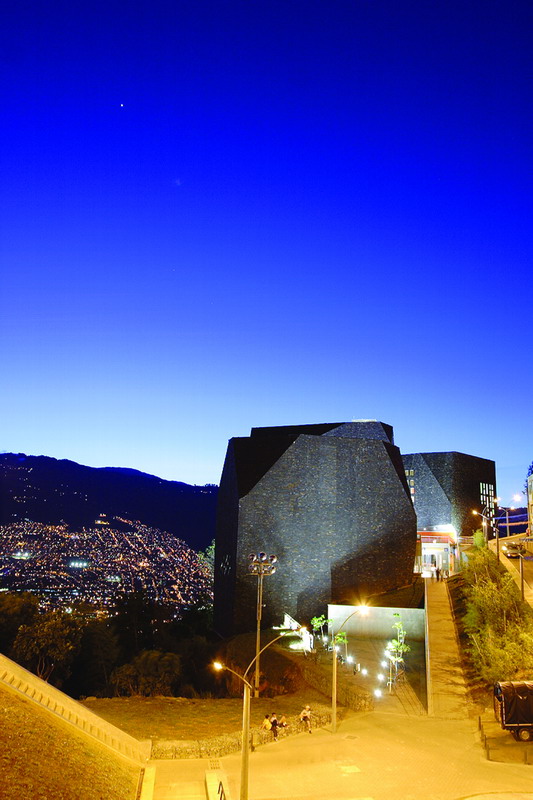statler
Senior Member
- Joined
- May 25, 2006
- Messages
- 7,939
- Reaction score
- 547
Beton Brut on Sea Ranch in the 1960's thread:
Would this be an overly literal interpretation of that idea?



Biblioteca Parque Espa?a (Sorry, I couldn't find an English page)
The plan of the buildings reflects a keen awareness of the area's ecology and topography, filtered through the concept of "the captured landscape," a concept taken from traditional Chinese landscape painting (i.e. the line of the roofs mirrors the distant hills).
Would this be an overly literal interpretation of that idea?
Biblioteca Parque Espa?a (Sorry, I couldn't find an English page)
